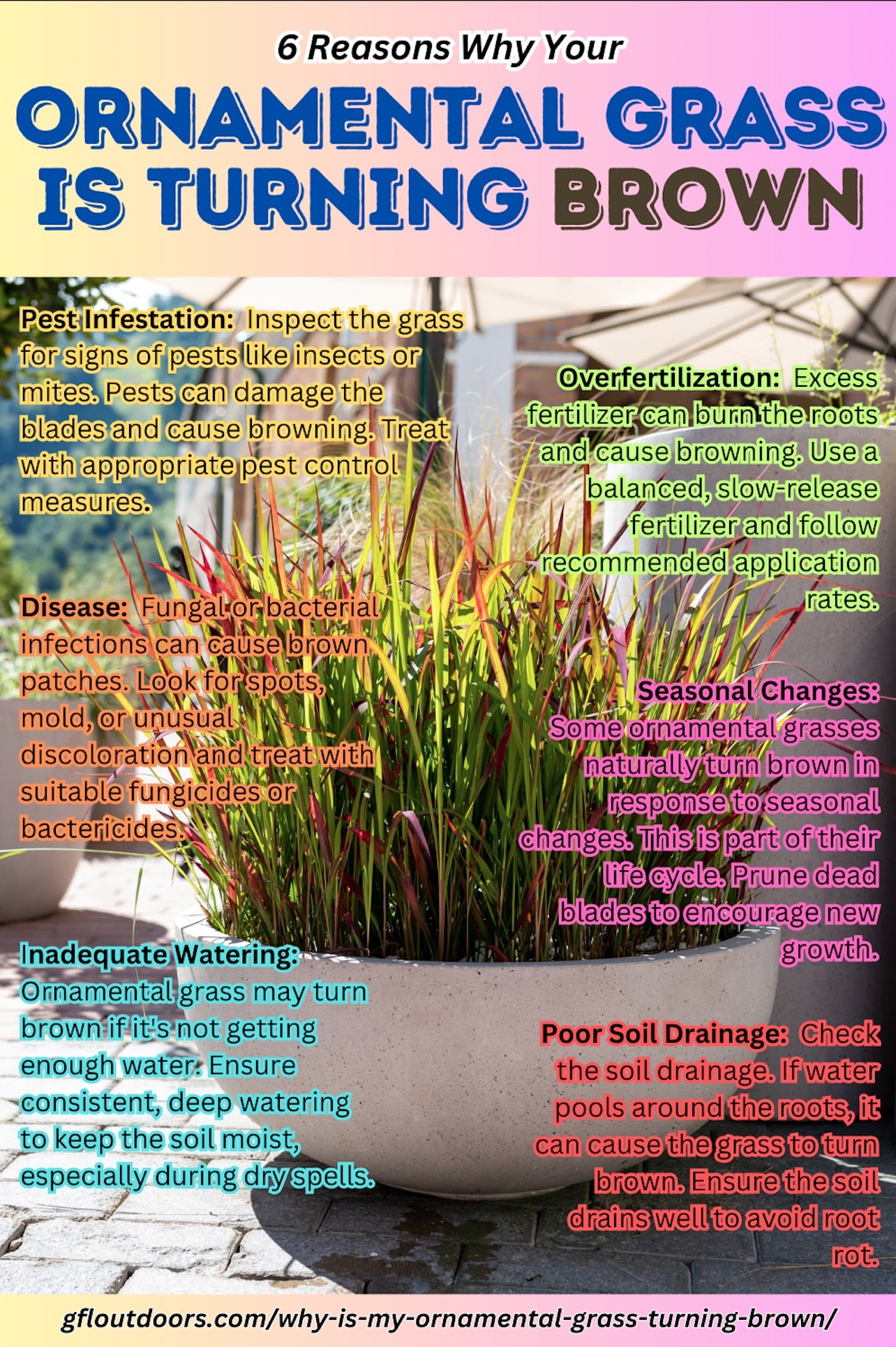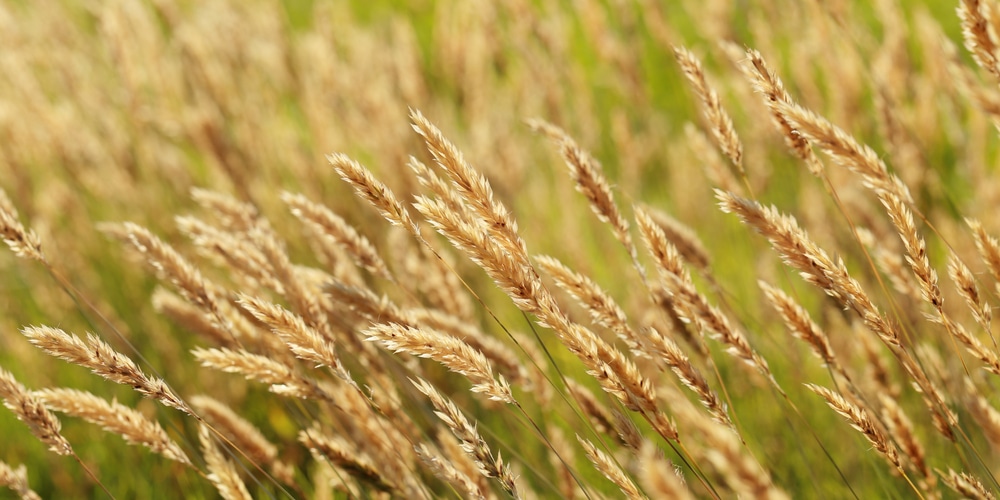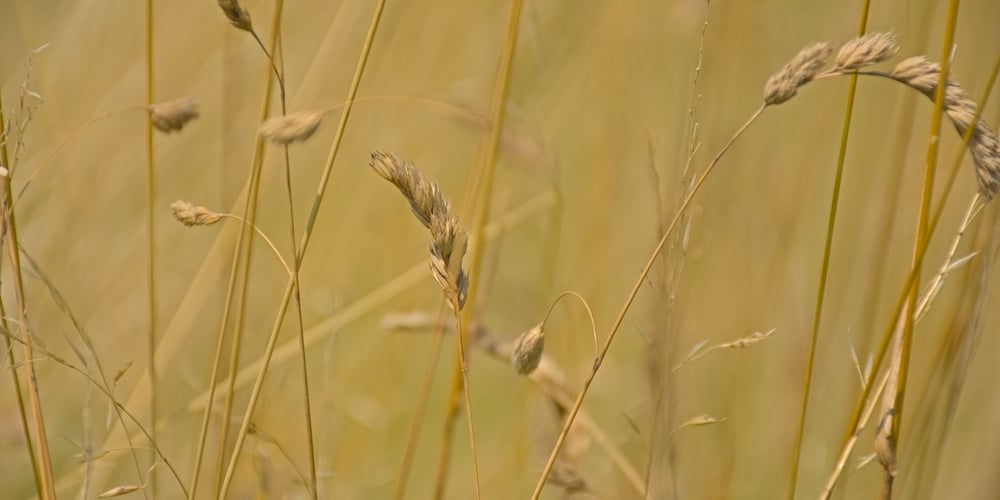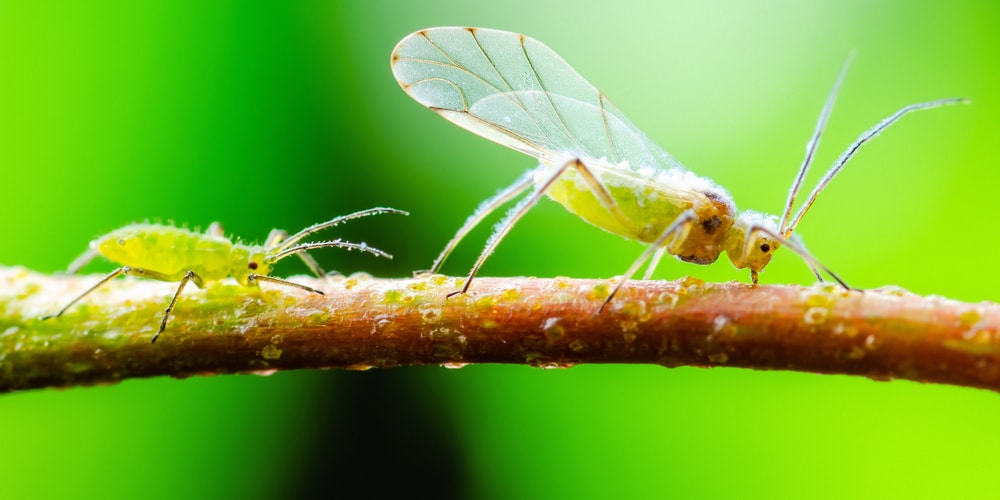Gardeners willing to add texture, volume, and color to their yards must consider planting ornamental grasses. Usually, these plants are easy to grow and quite versatile.
You can select a variety of species, meaning you will have no issues finding one that suits your needs and taste. Ornamental grasses might become the focal point of your garden (and delight you and your family with gorgeous plumy or spiky flowers) or work as hedges. Additionally, they can serve as a backdrop to your flowers and accentuate their delicateness.
Under the ideal growing conditions, most ornamental plants are resistant to pests and diseases.
However, things do not always go as you wish. If you find yourself wondering: “why is my ornamental grass turning brown?” don’t worry.
You have landed in the right place! This essential guide includes everything you must know about these kinds of issues (and how to solve them).
Ornamental Grass Turning Brown: What Should You Know
One of the first symptoms of something wrong with your ornamental grass is its tips turning brown. Luckily, in most cases, you can reverse the situation by taking adequate measures. But to begin with, you must learn how to recognize the root cause of the issue. And here is a list of common conditions that might cause your ornamental grass to turn brown.
Overwatering
Ornamental grasses will maintain their color and stay healthy if you plant them in a suitable climate. For instance, warm-season grasses will struggle under low temperatures and might display discoloration. However, overwatering will cause the most issues to your plant (even in the proper climate).
Indeed, ornamental grasses are not heavy drinkers. They require a well-draining substrate and are susceptible to root rot. Of course, that doesn’t mean you should not water your plants. It only means that you must pay attention to how frequently you do so.
For instance, consider feeling the soil before adding extra moisture to your plants. If it isn’t dry, wait a couple more days before watering your ornamental grass. Remember that if you planted yours in a container, you might have to water it more often.
Dormancy Period
Most ornamental grasses enter a period of dormancy in the winter. Some will turn brown. While this is a natural reaction to the change in climate, many gardeners cut back their grasses before the dormancy period.
Doing so might make your garden look bare, but it will give you new growth in the spring and remove the issue of browning. Don’t forget that some species require you to divide them every couple of years to maintain a lush look.
Insect Infestation
While under the ideal conditions, ornamental grasses aren’t susceptible to attacks from pests, they will suffer from infestations if you don’t give them all they need to thrive.
Sometimes, the first symptoms of such an issue include your plant’s leaves turning brown. However, it is not always easy to identify the cause of the problem. We recommend you keep an eye on your plant to remove bugs as soon as you notice them and minimize their spread.
Aphids and mites might strike your ornamental plants. While you can see aphids with a naked eye, you might have problems identifying mites. However, if you see webbing on your grass blades, mites have attacked your plant.
Luckily, taking measures to eliminate these insects isn’t challenging (especially if you do so promptly). Of course, action depends on the severity of the issue.
But if the infestation isn’t too deep, you will have satisfactory results by spraying your plant with insecticidal soap. We advise you against using chemical pesticides unless necessary. Indeed, synthetic products might harm your plants and beneficial insects.
Fungal Infections
Overwatering your ornamental grass might make it more susceptible to fungal diseases. One of the most common is powdery mildew, which leaves your plant with spotted brown leaves.
Usually, this happens when you don’t use suitable soil for your plant and when it doesn’t receive enough sunlight. Indeed, fungal infections spread fast in moist and shady environments.
Additionally, rust is another common problem with ornamental grasses. It might cause your plant to turn brown (or yellow). To fix the issue, consider getting a fungicide and transplanting your ornamental grass to a sunnier location.
Related Article: When to Plant Tall Fescue in the Spring
Last update on 2025-06-06 / Affiliate links / Images from Amazon Product Advertising API






